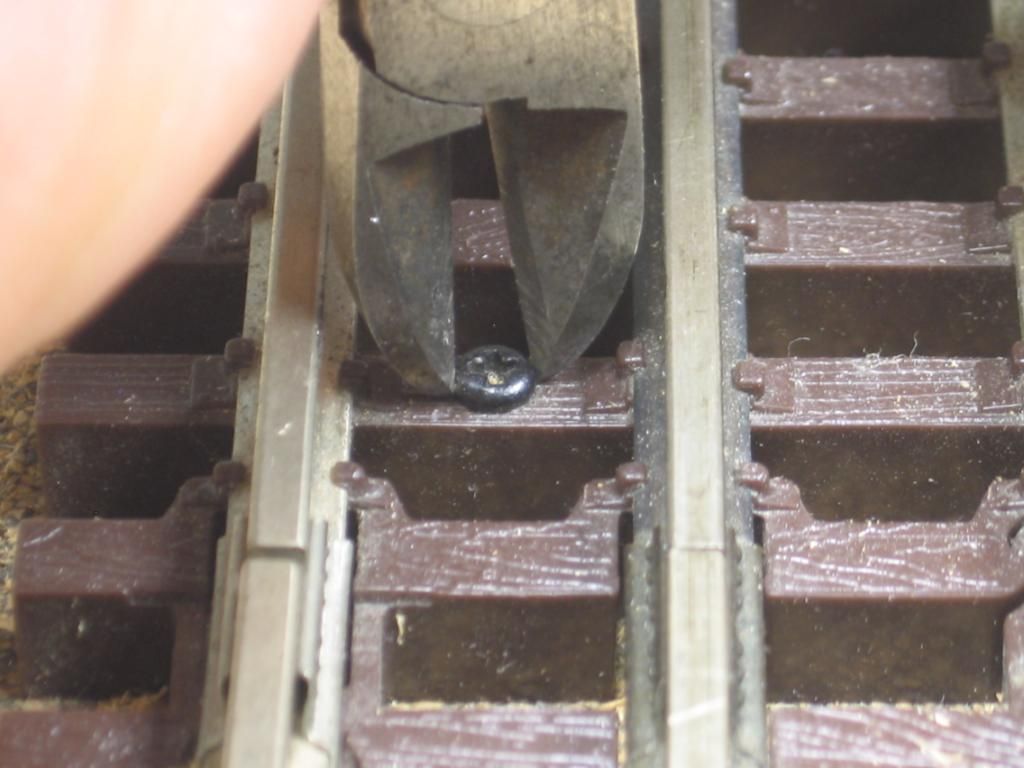Taking down twenty three ALUMINUM SHELVES fasten to the wall studs with Phillips head screws.
The first fifteen shelves were down in about a half hour. They were fasten with dry wall screws
Then the problem stated stripped heads with the last eight with bright metal phillips head screws.
Tried two different easy out designs from ACE hardware that did not work.
Have a different design set on order from Amazon to try.
Have you run into this problem and have a solution ?
Any suggestions?







